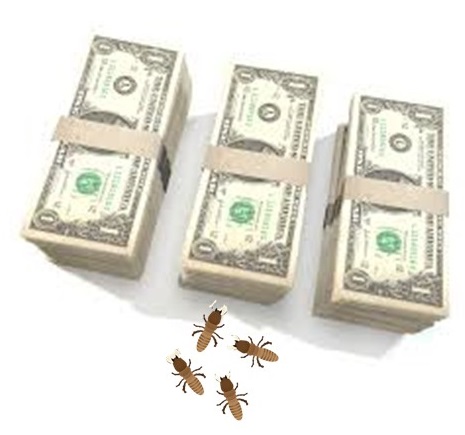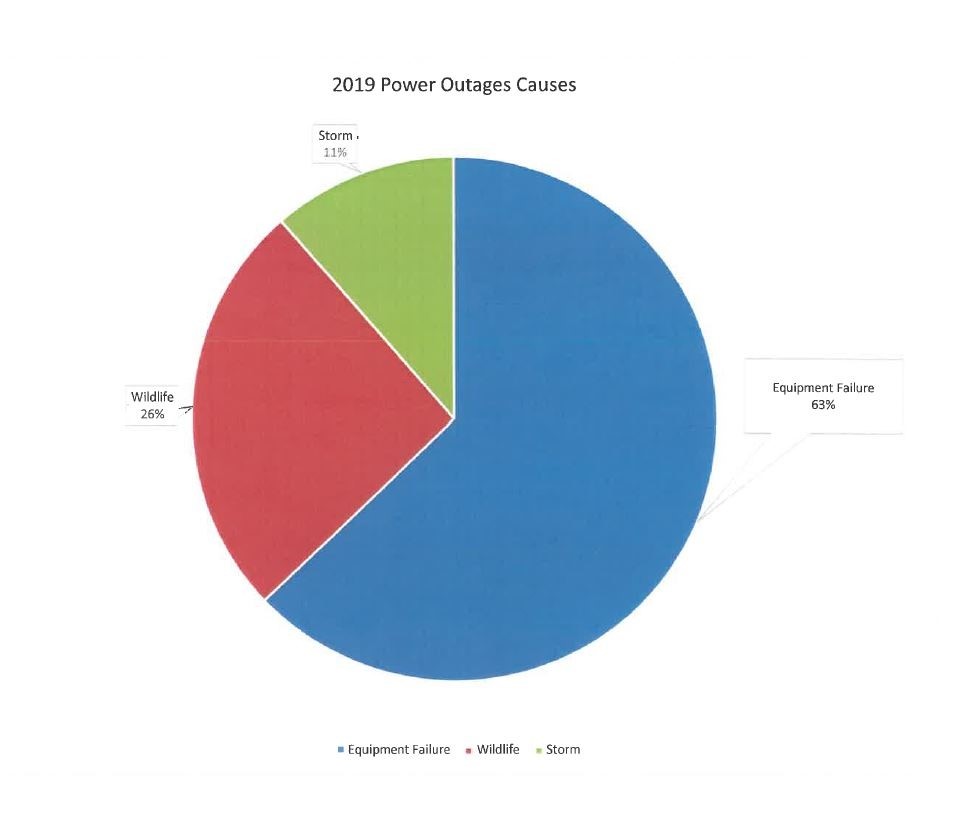
Money doesn’t grow on trees. It takes many people several decades in order to save up enough money to afford a modest retirement. Having your own stash of cash eaten away by termites would be a disappointing and disheartening experience, to say the least.
Termites will feed on absolutely anything that contains cellulose. In fact, termites will even chomp through materials in order to reach sources of cellulose. Termite colonies can number in the millions, and they are all on a constant search for cellulose. Of course, paper money also contains cellulose, so your cash makes for a great termite snack. Even if you keep your money in the bank, then too it will be likely invaded by the ravenous colonies of cellulose-craving termites. Termite infestations are not just a threat to the structure of your home, they also threaten the money you keep stashed under your mattress. Believe it or not, but termites have managed to access and consume cash that had been kept in personal safes.
WOMAN LOSES MILLIONS IN CASH TO TERMITES
- Indonesia
- Saturday, 24 Aug 2019

JAKARTA: South Jakarta resident Putri Buddin, 23, has to let millions of rupiah in cash go after the bills she had stored inside a cabinet were damaged and eaten by termites.
Putri shared a photo of the damaged cash on her Twitter account @putribuddim. As of Wednesday afternoon, the post garnered more than 2,600 retweets and 2,700 likes.
She said that she stored the money inside the cabinet last year for her grandmother, who has recently passed away.
TERMITES ATE CURRENCY NOTES WORTH RS 3.75 CRORE
Annapurna Singh New Delhi: August 21, 2013
At a time when Indian banks are facing acute liquidity shortage and a consequent impact on the flow of credit to productive sectors of the economy, a startling revelation has come to light about currency notes worth Rs 3.75 crore being eaten away by termites in the vaults of State Bank of India.
The country’s largest public-sector lender lost the money to white ants at its regional office in the Brabanki district of Uttar Pradesh.
Although the incident dates back to 2010, the information came to light only on Wednesday, when Minister of State for Finance Namo Narain Meena stated it in a written reply to a Lok Sabha question.
The Reserve Bank of India (RBI) has since asked all banks to undertake anti-termite measures.
The RBI in May this year had also directed banks to follow a clean-note policy and issue only clean currency notes to public.
So, what do we do now? Prevent them? But how?
There is an efficient solution that we at C Tech Corporation, have come up with. We have a unique product known as Termirepel™ which solves all our grievances. So, let us look at some of the salient features of Termirepel™ and how it drives these mischievous termites away from our houses, offices, and workplaces.
Termirepel™ is non-toxic and non-hazardous insect/termite aversive repellent.
Termirepel™ which is an anti-termite has been designed for polymeric applications as well as for natural materials like wood. It combines the best of chemistry and green practices to give an environmentally safe product which keeps the termites away effectively while at the same time guaranteeing safety to the environment, plants, animals and fragile ecosystems. The product triggers a flight or fight response in the insects making them leave the area.
Termirepel™ masterbatch can be incorporated in wires and cables which are used in wiring. The liquid concentrate can be mixed in paints and can be applied to damaged applications, interior and exterior of structures, shelves, bank lockers, etc.
While the product in lacquer form can be used as a topical application that can be applied to furniture, cabinets, etc. the lacquer is compatible with all the surfaces.
The newly developed TermirepelTM insect repellent spray is an easy to use product that can be sprayed by anyone on any surface. It works against termites and a broad spectrum of insects.
CombirepelTM can be used to protect applications from both, rodents as well as insects.
Contact us at technical.marketing@ctechcorporation.com to keep the pests away.
Also, visit our websites:
http://www.ctechcorporation.com/
http://www.rodrepel.com/
http://www.termirepel.com/
http://www.combirepel.com/
Follow our Facebook pages at:
1] https://www.facebook.com/Combirepel-411710912249274/
2] https://www.facebook.com/Termirepel-104225413091251/
3] https://www.facebook.com/Rodrepel-120734974768048/
Follow us on our Twitter pages at:
1] https://twitter.com/rodrepel
2] https://twitter.com/termirepel
3] https://twitter.com/combirepel





